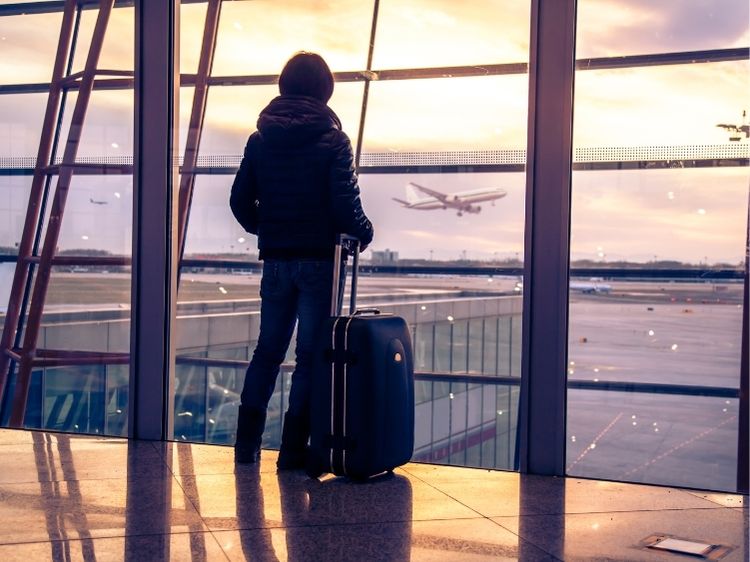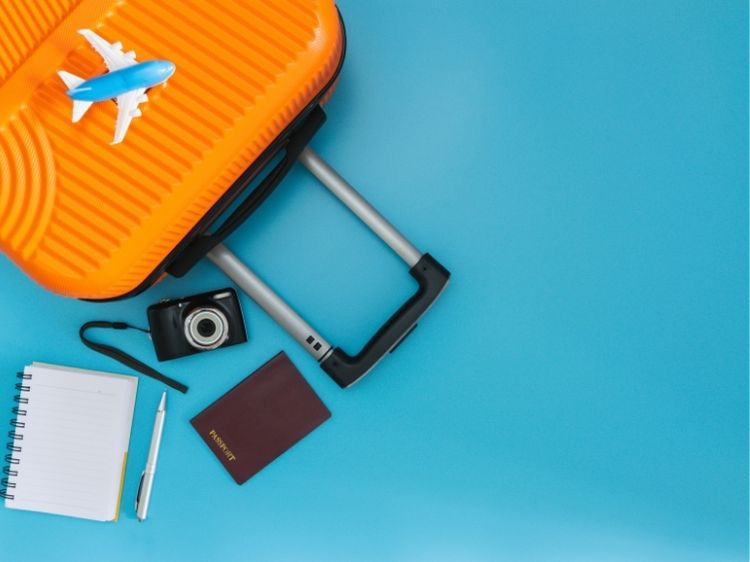Embark on a New Adventure with a Travel Blog
So, you’ve got the travel bug and the writing itch—why not combine them with a new travel blog? Starting a blog is a fantastic way to share your journey, connect with fellow travelers, and even make a little cash along the way. But let’s face it: blogging, especially in the crowded travel niche, takes more than simply jotting down memories from the road. It’s about storytelling, SEO strategies, and understanding what keeps readers coming back for more.
In this guide, we’ll walk through every step you’ll need to launch your blog, from picking a name to crafting the kind of content that’ll have readers dreaming of new adventures. Ready to dive in?
Step 1: Find Your Niche and Define Your Voice
A common mistake new travel bloggers make is casting too wide a net, thinking they’ll attract a broad audience. However, narrowing down your niche gives your blog a unique identity and makes it easier to stand out. Some popular travel blog niches include:
- Solo female travel
- Adventure travel
- Family travel with kids
- Food and travel
- Luxury travel
Ask yourself: “What makes my travel story unique?” Whether it’s budget backpacking, cultural explorations, or city guides, defining your niche helps you connect with readers who share your passion.
Step 2: Choose a Catchy Blog Name
Your blog’s name is the first impression people get, so make it memorable! Opt for something short, catchy, and easy to spell. It should also reflect your blog’s theme and personality. Some tips to help you choose:
- Brainstorm keywords that resonate with your niche.
- Keep it simple – avoid long or hard-to-pronounce names.
- Make it personal – consider incorporating your name or a unique descriptor that fits your style.
Step 3: Secure Your Domain and Hosting
To establish your blog, you’ll need a domain (your blog’s web address) and a hosting provider. Some popular hosting providers for new travel bloggers include Bluehost, SiteGround, and DreamHost. Look for reliable hosting with excellent customer support, as this can make or break your blog’s performance.
Step 4: Choose a Blogging Platform (Hint: WordPress Is King)
There are several blogging platforms to choose from, but WordPress remains the go-to choice for most bloggers. Here’s why:
- User-friendly: WordPress is intuitive and has plenty of online tutorials.
- SEO-friendly: With plugins like Yoast SEO, you’ll be able to optimize your content for search engines.
- Customizable: Thousands of themes and plugins allow you to tailor your blog’s design to match your vision.
If you’re serious about blogging, investing in a self-hosted WordPress site (WordPress.org) rather than a free platform like WordPress.com will give you greater control and a more professional look.
Step 5: Design Your Site and Optimize It for Readers
Creating an aesthetically pleasing, user-friendly design is essential for a successful travel blog. Choose a clean, mobile-responsive theme that reflects your style and lets your photos shine. Here are a few must-have features:
- Easy navigation: Make sure your readers can easily find your categories, archives, and search bar.
- Fast loading speed: Compress images and use caching to ensure pages load quickly.
- Clear branding: Develop a consistent look with colors, fonts, and a logo that aligns with your blog’s identity.
Step 6: Start Creating Engaging Content
Once your blog is up and running, it’s time to create content that will draw readers in. Here’s a list of content ideas to get you started:
- Destination guides: Provide valuable insights, tips, and recommendations for specific places.
- Travel tips and hacks: Share advice that could save readers time, money, or stress.
- Personal stories: Engage your audience with stories from your unique travel experiences.
- How-to guides: Explain how to travel on a budget, navigate cultural differences, or pack like a pro.
- Photography posts: Share the visual side of your travels with photo essays or tips for great travel shots.
Remember, high-quality content is key. Incorporate rich details, tell a story, and avoid making posts feel like lists or generic overviews.
Step 7: Learn the Basics of SEO
To grow your audience, your blog needs to be found on search engines like Google. Here are some SEO basics to incorporate into your new travel blog:
- Use keywords strategically: Identify keywords related to your topic and use them in your titles, headers, and throughout your posts.
- Optimize your images: Use descriptive file names and add alt text to each image.
- Write compelling meta descriptions: This is the short summary that appears on search engine results; make it engaging and include your keywords.
Mastering SEO will take time, but consistent effort pays off. Over time, you’ll learn what works for your blog and attract organic traffic.
Step 8: Promote Your Content
Once your blog post goes live, promoting it is crucial. Consider these strategies:
- Social Media: Share your posts on platforms where your audience spends time, such as Instagram, Pinterest, and Facebook.
- Guest Blogging: Write guest posts for established travel sites to gain exposure and backlinks.
- Email Marketing: Start building an email list early, and share your latest posts with subscribers.
- Collaborate with Other Bloggers: Networking with other bloggers can help you reach a wider audience and learn new strategies.
FAQs: Starting Your New Travel Blog
- Do I need expensive equipment to start a travel blog?
Not at all! A smartphone with a good camera, basic editing software, and an internet connection are enough to start. Invest in a quality camera if photography is central to your blog, but you can upgrade over time. - Can I make money from a travel blog?
Yes, but it usually takes time. Monetization options include affiliate marketing, sponsored posts, display ads, and selling travel products or services. Focus on growing your audience and establishing a brand first. - How often should I post on my travel blog?
Consistency is key. If you’re just starting, aim for one to two posts per week. Quality matters more than quantity, so make sure each post offers value to your readers. - Is SEO really that important?
Absolutely! SEO helps your content rank on search engines, making it easier for readers to find your blog. Invest time in learning SEO basics; the payoff is worth it. - How long does it take to build a following?
There’s no one-size-fits-all answer, as growth depends on your niche, consistency, and marketing efforts. Generally, you’ll start seeing steady traffic after six months to a year of dedicated blogging.
Summary: From Dream to Reality—Starting Your New Travel Blog
Creating a travel blog is an exciting journey that combines your passion for travel with creativity, storytelling, and a bit of business savvy. By finding a niche, building a user-friendly site, and crafting engaging content, you’ll be well on your way to inspiring readers around the world. Remember, it takes patience and consistency to grow a successful blog, but with time, you can create a platform that’s both fulfilling and profitable. Safe travels, and happy blogging!
Authoritative Resources
- Moz SEO Guide for Beginners: https://moz.com/beginners-guide-to-seo
- WordPress.org – Setting Up a Blog: https://wordpress.org
- Google Analytics for Tracking Blog Performance: https://analytics.google.com
- Bluehost for Hosting Your Site: https://www.bluehost.com



